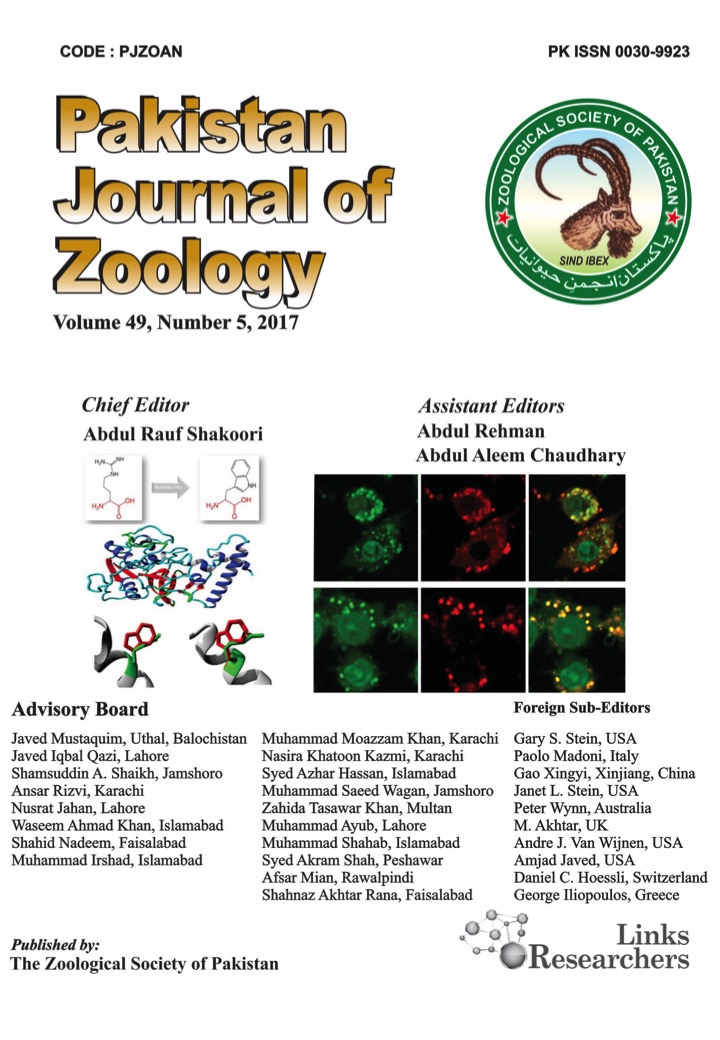This study evaluated the aqua-ecological parameters of the selected habitats to prevent fish damage due to changes in water quality and assess the health status of two economically valuable fish species in the selected habitats. Data was collected every ten days between 10:00 and 12:00 AM during the study period to assess water quality. Data was collected through the questionnaire interview from 25 fish farmers and 10 fish sellers, mainly on the abundance and health status of Heteropneustes fossilis and Mystus cavasius, two small indigenous catfishes of Bangladesh. The health investigation was conducted through clinical and histopathological observations. Water quality was in good condition in the summer but deteriorated in the winter. Clinically, fish were almost normal in the summer and mildly affected in the rainy season. Histopathological changes of the skin and muscle of the fish included loss of epidermis, hemorrhage, necrosis, and vacuums during the winter season. General gill pathology of both markets included lamellar missing, hypertrophy, vacuums, hemorrhage, and necrosis in the winter season. In the case of the liver of fish, hemorrhage, vacuums, and necrosis are especially found in the winter season. Histopathologically, the organs of the fish were almost normal in the summer season and had mild pathological changes in the rainy season. The current study is a tiny addition to the coastal wetland of Bangladesh in determining the current state of the wetland and the true scenario of wild small indigenous species (SIS) health status.
Keywords | Catfish, Histology, Water quality, Wetland, SIS, Beel






